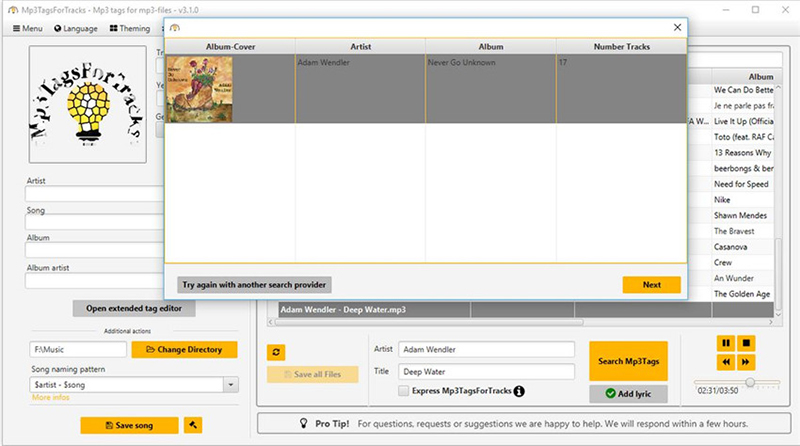
Perf1: frames: 1188 current: 29.98 average: 29.99 arm-load: 100 /proc/sys/vm/dirty_writeback_centisecsĮcho 100 > /proc/sys/vm/dirty_expire_centisecs The CPU load peaks to 100% when the kernel's flusher threads wake up. The default setup of the vm subsystem is not optimal for high bandwidth file write use modes.īelow is the output of the Gstreamer gstperf element running the dual-record pipeline without vm optimizations. dropping frames while recording), and eventually these CPU load peaks can stall the system (as it will run out of avaiable memory). Such a CPU spike will cause undesired behaviour (i.e. Why? In just a fraction of a second, the amount of input data captured is huge and we need to write it eventually to disk if the system waits too long to wake up it's kernel's flusher threads, there will be too much data to write, and then the write process would consume completely the CPU for even seconds. In a write-intense scenario like dual-recording this tuning can be fundamental to avoid crashing the system. The kernel's virtual memory subsystem allows you to tune the writeout of dirty data to disk. You can also specify these same flags in /etc/fstab. Mount -t ext4 -O noatime,data=writeback /dev/mmcblk0p1 /mnt/sd To mount the EXT4 fileystem at /mnt/sd in your board:

Mount the EXT4 partition specifying the following flags for optimization: You can check your filesystem setup using: Sudo tune2fs -o journal_data_writeback /dev/sdb1 For details on the attributes of the various EXT4 data modes, read the "Data Mode" section from the Ext4 Filesystem kernel documentation. The EXT4 journaling is disabled when using writeback. The other two possible data modes ( data=ordered and data=journal) do not have as good of bandwidth performance as writeback. The optimization consists on selecting the data mode for our fileystem as data=writeback. Creating an EXT4 partition with gparted Optimize the EXT4 partition This could be different in your computer.įigure 1. In this example, the SD card was assigned the device node /dev/sdb, and the new partition will be mapped to /dev/sdb1. See Figure 1 for an example setup of a new EXT4 partition in an 8 GB SD card using gparted.

There are many tools to prepare an EXT4 partition in your SD card. Prepare your SD card with an optimized EXT4 filesystem Create the EXT4 partition These are the resulting CONFIGs that should be set: Support for large (2TB+) block devices and files A common issue is the pdflush daemon waking up to flush the cached write data to the SD card, which can cause a system stall, dropped frames, and worse if the CPU load spike to significant.

The goal is to average out the CPU load reducing spikes caused by improper resource allocation. Additionally, depending on your application (or GStreamer pipeline, if using GStreamer), you may be required to tune the kernel's virtual memory ( vm) subsystem. The solution involves using an EXT4 file system for your high-speed SD card, along with optimizing this filesystem parameters to tune for a better write performance.

1.2 Prepare your SD card with an optimized EXT4 filesystem.


 0 kommentar(er)
0 kommentar(er)
